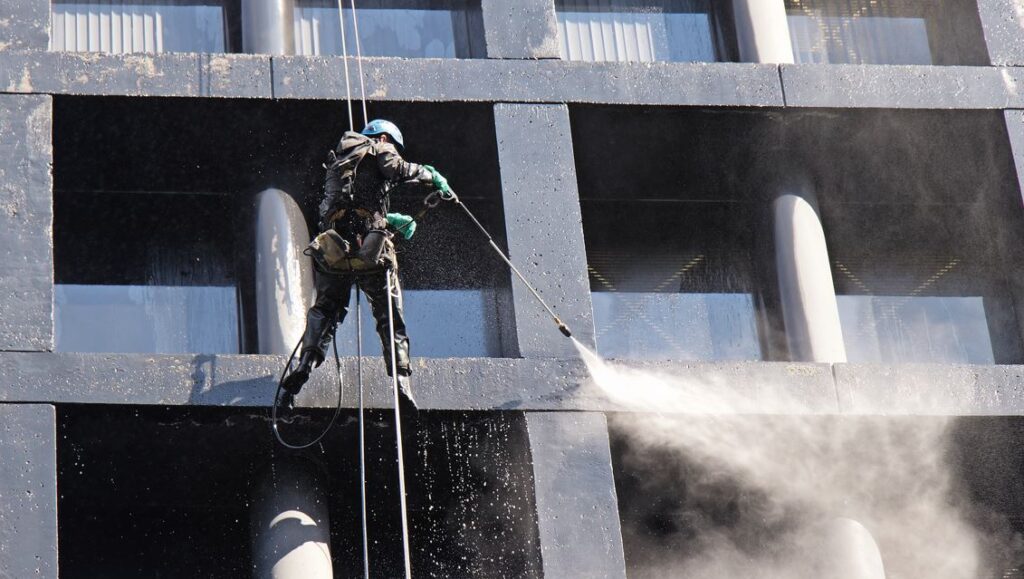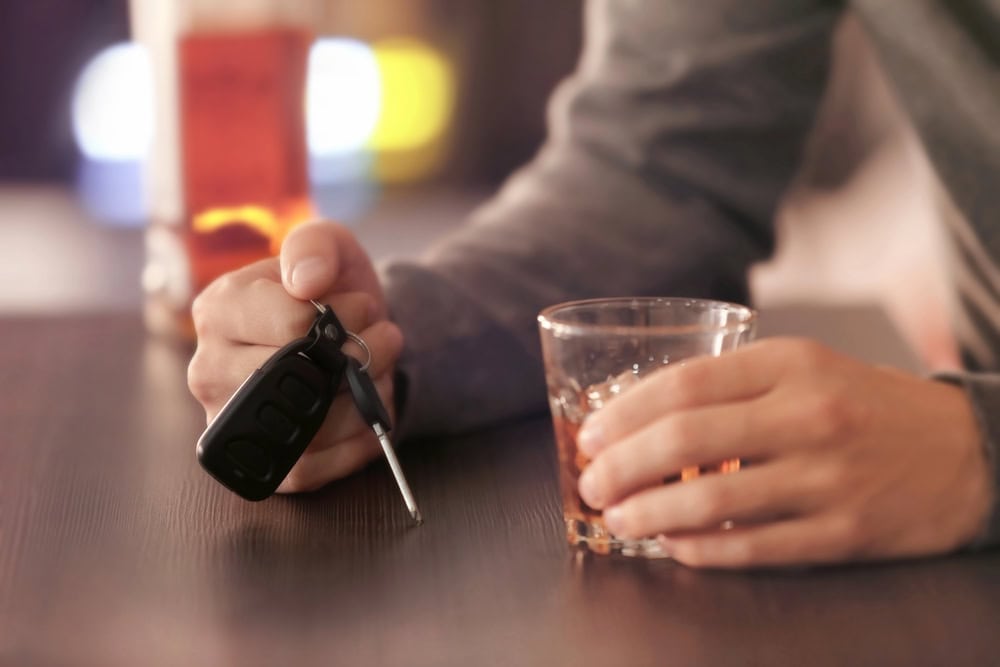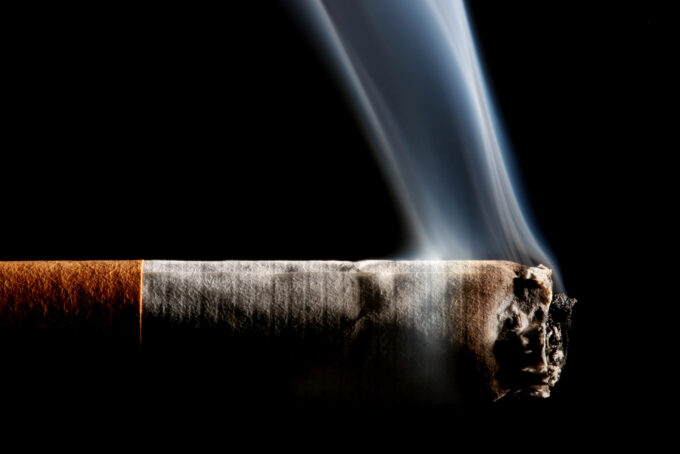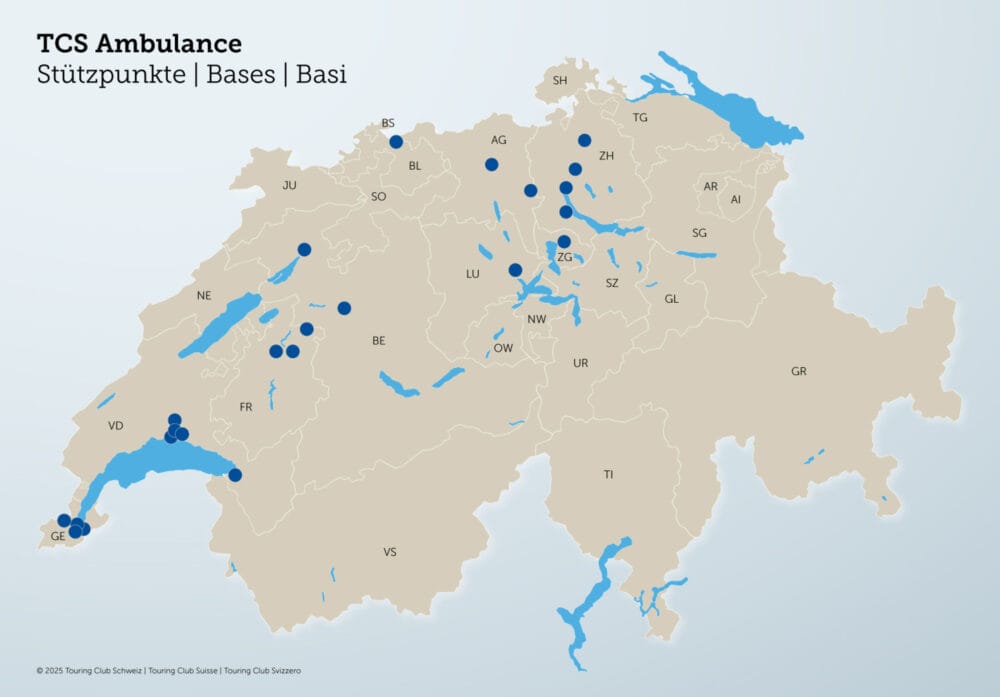Pressure washers are useful, but not a toy
A high-pressure cleaner is not a child's toy. The practical cleaning aids are available in DIY stores or garden centers and can be rented or borrowed by anyone in many places. However, this should not lead you to underestimate the dangers of using them.

The term "high pressure" alone should be enough to treat the equipment with respect and to protect oneself as well as people in the vicinity from injury. However, it is not uncommon for the press reports following accidents with high-pressure cleaners to be reminiscent of scenes from horror movies: "Worker slashes his abdominal wall," "20-year-old fears for his eye," "Man (54) wants to clean machine - seriously injured!
It becomes particularly risky in companies and businesses when employees who use high-pressure cleaners for patio slabs, garden paths or mobile homes in their private lives use a device that is often significantly more powerful for business purposes without prior instruction. People believe they have mastered the technology and the work process and can do without protective equipment. But if you don't realize what can be done by a jet of water shooting out of the nozzle at up to several hundred or even over a thousand bars, you risk the most serious injuries. A rubber boot offers no protection at high operating pressure. Without PPE, not only the skin and tissues, but also the eyes are at high risk, and this already begins with equipment of the lower performance levels, such as those in use in many plants and companies.
Underestimated dangers
Not only the cutting effect of a water jet under high pressure is easily underestimated. Everyone who buys and uses a high-pressure cleaner should also be aware of the other risks:
- If the high-pressure water jet reaches unprotected parts of the body, this can lead to massive injuries to skin, tissue, muscles or eyes.
- When the water jet is triggered, a recoil occurs, which may cause the operator of the device to stumble or fall.
- When using hot water or hot steam, there is a risk of scalding or burns on hot parts of the unit.
- If the swirled-up debris hits people, there is a risk of injury, e.g. from small stones or broken glass. Even more treacherous are the small particles such as grains of sand or paint splinters that can penetrate deep into the skin.
It is not only when working with the high-pressure cleaner that risky situations occur; caution is also required during repair and maintenance work. The accident reports then say, for example: "While repairing a high-pressure cleaner, a screw joint shot the young man in the face." In another case, the accident analysis revealed that a colleague had previously tried to "patch the damaged pressure hose of the device with the help of parcel tape." Even for simple - and supposedly harmless - activities, such as changing the nozzle, the unit must be switched off beforehand, the water supply interrupted and the entire system depressurized.
Safety rules and protective measures
Supervisors and those responsible for safety should establish clear guidelines as to who may use which equipment when and for what purpose, and organize testing and maintenance. The storage location of the equipment should also be regulated; high-pressure cleaners must never be parked in escape routes or in front of emergency exits. A well-maintained and regularly inspected high-pressure cleaner is a suitable and justifiably popular work tool for many cleaning tasks. However, a prerequisite for safe use is that clear instructions for use exist in the company and that these rules are also controlled and enforced, e.g.:
- Only use high-pressure cleaners if you have been instructed in their use, risks and safety requirements beforehand.
- Use suitable protective equipment, depending on the equipment and its performance, liquid-tight body protection, foot protection, hand protection, face protection, do not forget hearing protection.
- Before use, check the spray gun, hose lines and safety devices for defects, also the displays for pressure and temperature, if applicable.
- Observe the specifications of the device manufacturer (operating or operating instructions) regarding the intended use, operating pressure, etc.
- Only connect the devices to sockets with a residual current circuit breaker; this is mandatory for outdoor use.
- Handle hose lines with care, i.e. avoid kinks, pinching and entanglement and do not pull the hoses over edges.
- Never move the pressure washer by pulling on the hose.
- Consistently sort out leaking or otherwise damaged hose lines; under no circumstances patch or seal them provisionally.
- Never point a pressure washer at people.
- Never hold an object to be cleaned with your foot or hand, not even with the foot or hand of a colleague.
- If necessary, cordon off working environments; under no circumstances should passers-by or children appear unexpectedly and come too close to the water jet.
The following is important for equipment checks: The trigger must always close by itself when released and should be designed in such a way that it cannot be triggered unintentionally. If this does not work properly, it must be replaced. Under no circumstances should the trigger be jammed (as some people are used to doing with the fuel lever at the gas station).
Extreme caution should be used when operating on uneven terrain, in an area that is difficult to see, or in operating areas with falling edges, e.g. on a ramp or in front of steps. Under no circumstances should a pressure washer be used from a ladder, as the recoil force threatens balance and safe working is not possible without a secure footing.
Do not forget skin protection
When working with high-pressure cleaners, it is important not to forget other health risks that exist regardless of the device's operating pressure. On the one hand, anyone working in a damp environment and using liquid-tight PPE at times should take care to protect their skin. A company skin protection plan with details of the means for protection, cleaning and care of the exposed skin motivates and supports personal responsibility.
On the other hand, working with the high-pressure cleaner can be associated with infection risks, e.g. in the sewage, waste or health industries. The water mist generated by the device should always be inhaled as little as possible. If potential sources of infection are added, suitable respiratory protection, e.g. FFP2 masks, may be necessary.
No high-pressure cleaners in case of asbestos risks!
Suva urgently advises against the use of high-pressure cleaners when cleaning fiber cement panels containing asbestos on building envelopes, such as roofs with corrugated metal sheets. This is because there is a risk of releasing and spreading asbestos fibers, which are known to cause serious illness when inhaled. Materials containing asbestos should be replaced with asbestos-free products. If cleaning with water is indispensable, special asbestos surface cleaning systems with controlled water circulation should be used.









